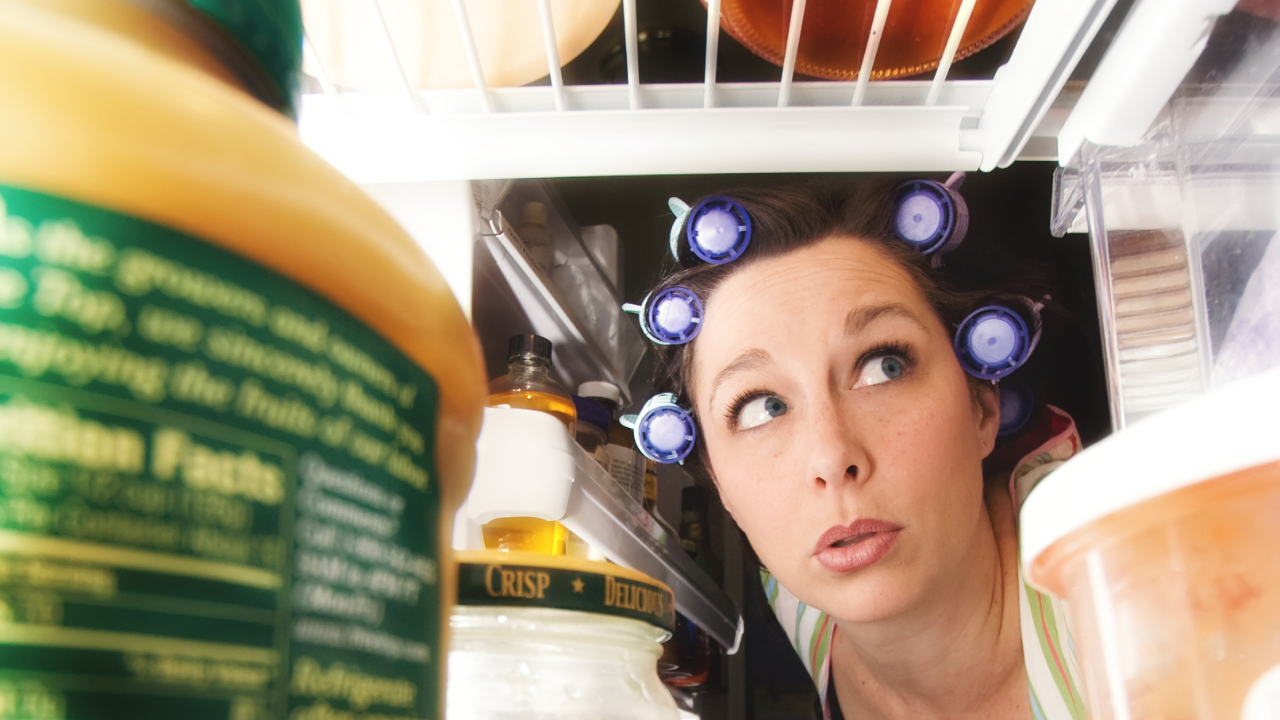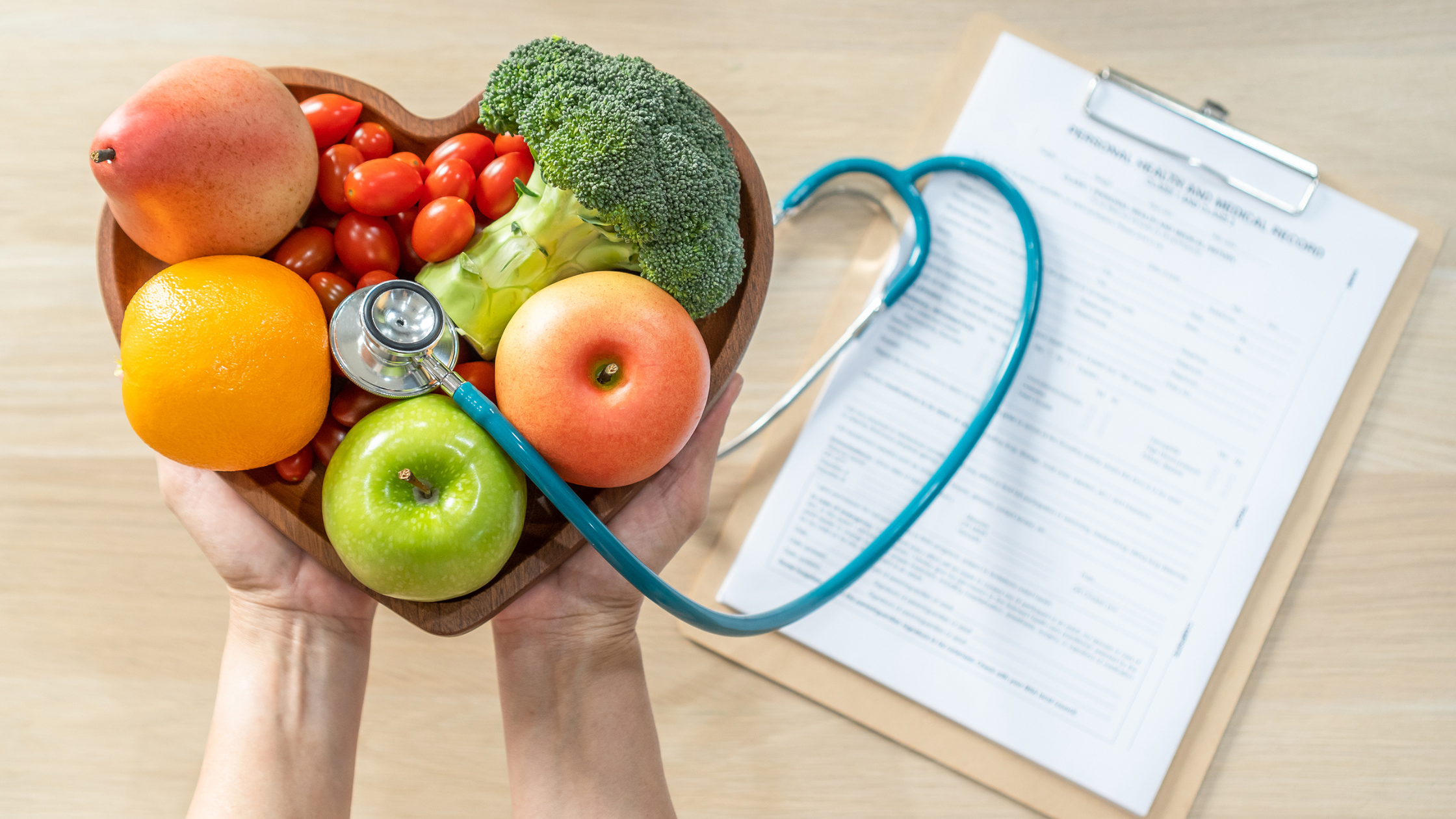Is Bread Healthy? Dietitian Shares the Best Breads to Eat
DISCLAIMER: Links included in this blog might be affiliate links. Health with Hannah, LLC is a participant in the Amazon Services LLC Associates Program along with other affiliate programs. If you purchase a product or service with the links that I provide I may receive a small commission with no additional charge to you. Thank you for your support!
With the low carb diet craze being all the hype, bread in all shapes and forms has been deemed unhealthy, fattening, inflammatory - you name it. But are any of these claims true? Do you actually need to avoid bread to be healthy?
If you’re new here, hello and welcome! My name is Hannah and I am a non-diet dietitian here to help you improve your relationship with your food and finally find food freedom.
In this blog we will cover:
Is bread healthy?
The different types of bread
The best bread to eat
Can people with diabetes eat bread?
Can people with PCOS eat bread?
Does bread lead to weight gain?
Is the gluten in bread unhealthy?
My favorite ways to use bread as a dietitian
Is bread healthy?
This of course depends on how you define the word “healthy”. For someone with celiac disease who cannot eat gluten, a slice of bread would not be a healthy choice. For someone who is in the mood to add some toast with their eggs, bread may be a healthy choice for them.
Foods are not inherently “healthy” or “unhealthy”. There is so much that goes into making a food choice beyond even the nutrients that are in food. It’s okay to eat foods just because you enjoy the taste!
I know you probably came to this blog looking for a simple answer about bread’s nutrition status, but food just isn’t that simple. That said, here are some of the nutritional benefits of eating bread:
Bread is a great source of carbohydrates, our body’s preferred source of energy.
Some bread is a source of fiber, which is a beneficial nutrient.
Bread contains a variety of vitamins and minerals, including iron and B vitamins.
The different types of bread
There are many different types of bread, each offering a different nutrient profile.
Whole wheat bread
While not as bougie as some of the other breads on the market, whole wheat bread is a nutritious option. When shopping for whole wheat bread, look for whole wheat flour in the ingredients list.
Whole grain bread is different from whole wheat bread, in that whole wheat uses the entire wheat kernel, while whole grain is an umbrella term for all types of grains in their whole form. These are both also different from multigrain, which may include whole grains along with refined grains.
Confusing, I know! At the end of the day, choose the bread that you enjoy the taste of and that you can afford. While there may be a few extra grams of fiber in whole wheat bread, you can get this fiber from other foods if you don’t get it from bread. You can see how much fiber (along with sodium, protein, etc.) is in your bread by reading the nutrition label.
White bread
A classic! White bread is made with white flour, where the grain’s germ and bran have been removed. White bread is typically lower in fiber. But we gotta admit, some sandwiches are best on white bread (like a PB & J, in my humble opinion).
Sourdough bread
Sourdough is made by fermenting flour and water rather than using yeast to create a leaven. This fermentation process can lead to an increased number of prebiotics, which are good for the gut.
Some sourdough is made with whole grains, meaning it will have additional fiber and more gut health benefits.
I haven’t dabbled in making sourdough myself yet, but it sure is trendy at the moment!
Edit (2024): I have started making sourdough at home and I now get the hype.
Seeded bread
Some breads will have seeds in them, which will provide a multitude of additional health benefits such as fiber, protein, healthy fats, vitamins, and minerals.
Not everyone is a fan of the texture or taste of seeded bread, but if you are, this can be a great way to implement some gentle nutrition.
Bagels
Okay, I know bagels technically aren’t bread. But I love bagels so much that I had to include them on this list!
Diet culture has made the claim that eating a bagel is equivalent to eating multiple slices of bread as a way to demonize bagels and make them appear unhealthy. But this claim is untrue. Diet culture just hates carbs so much.
While some bagels may be more carb-dense than certain breads, this does not mean that bagels are unhealthy or need to be avoided. Oh, and you don’t have to just eat half of the bagel if you want the whole thing!
Bagels can also offer a decent amount of protein, making them quite filling, especially when used to make a breakfast sandwich with some egg and cheese or with a smear of peanut butter.
The best bread to eat
The best bread to eat is one that you enjoy the taste of, one that you can afford and have access to, and one that makes your body feel good.
There may be reasons why you choose one type of bread over another. For example, you may find that a high fiber bread keeps you fuller for longer than white bread does. However, this does not mean that white bread is off limits! You likely aren’t eating white bread on its own and the other ingredients in the meal will also play a role in satiety and blood sugar response.
There also will be situations where you choose not to eat bread. For example, I almost always have bagels in my fridge, but this does not mean that I always want to eat a bagel for breakfast every morning. They are an option, but as an intuitive eater, I get to decide if they would would be the best choice for me or not in that particular moment.
Can people with diabetes eat bread?
There is a common misunderstanding that those with diabetes must avoid bread and other carbohydrate-rich foods. But the good news is, you do not need to follow a bread-free, low carb diet to treat your diabetes.
Everybody’s diabetes treatment plan will look different. Generally speaking, I recommend pairing your carbohydrates with protein and fat for more stable blood sugars. Choosing high-fiber carbs will also help.
Can people with PCOS eat bread?
People with PCOS are sometimes advised to avoid gluten to treat their symptoms. However, this is not an evidence-based recommendation.
While some people with PCOS may report feeling better by limiting gluten intake, this approach is not one-size-fits-all. Many individuals with PCOS can enjoy gluten-containing foods, including bread, and still manage their symptoms.
Learn more about treating PCOS without dieting here.
Does bread lead to weight gain?
Some claim that bread is “fattening” and eating it leads to weight gain. Some even go as far to say that eating any carbohydrates will lead to weight gain.
This is untrue. There are not any individual foods that cause weight gain (or weight loss, for that matter). There are many factors that drive weight changes and it is ultimately driven by calorie intake and expenditure.
Is the gluten in bread unhealthy?
Unless you have a true gluten sensitivity or celiac disease, you do not need to avoid gluten-containing foods, including bread. Gluten is absolutely safe to consume for those who are tolerant to it.
Listen to this podcast to learn more about gluten-free diets.
My favorite ways to use bread as a dietitian
As a registered dietitian, I enjoy bread on nearly a daily basis. I sometimes eat bread more than once per day! These are a few examples of how I incorporate bread into my meals:
As part of a peanut butter and jelly sandwich. Bonus points if the bread is toasted or the sandwich is grilled.
Tuna melts. I make open-faced tuna melts all the time using sourdough or an everything bagel with a slice of provolone cheese.
Breakfast sandwiches and avocado toast.
Quesadillas. I know these are made with tortillas, but same idea! We have quesadillas weekly in the Dietitian Hannah home, usually with beans, corn, and leftover chicken or beef (and cheese, of course).
French toast with berries and whipped cream. So good!
Cheeseburgers are one of my favorite foods of all time. When I struggling with disordered eating, I would use lettuce instead of a real bun to cut carbs. Very glad those days are behind me and I can now enjoy a hamburger bun guilt free!
Bottom line - is bread bad for you?
No, bread is not inherently bad for you. Bread is a great source of energy for the body and may provide a fiber boost as well. Unless you have a specific intolerance or you simply dislike bread, there is no need to cut it out of your life!
What is your favorite type of bread? Leave a comment below!
Learn more
Featured podcast episode
Want more help on your diet ditching journey?
Join my signature membership to become part of a community of ex-dieters working towards food freedom and making peace with food so they no longer need to cut out their favorite foods.
































